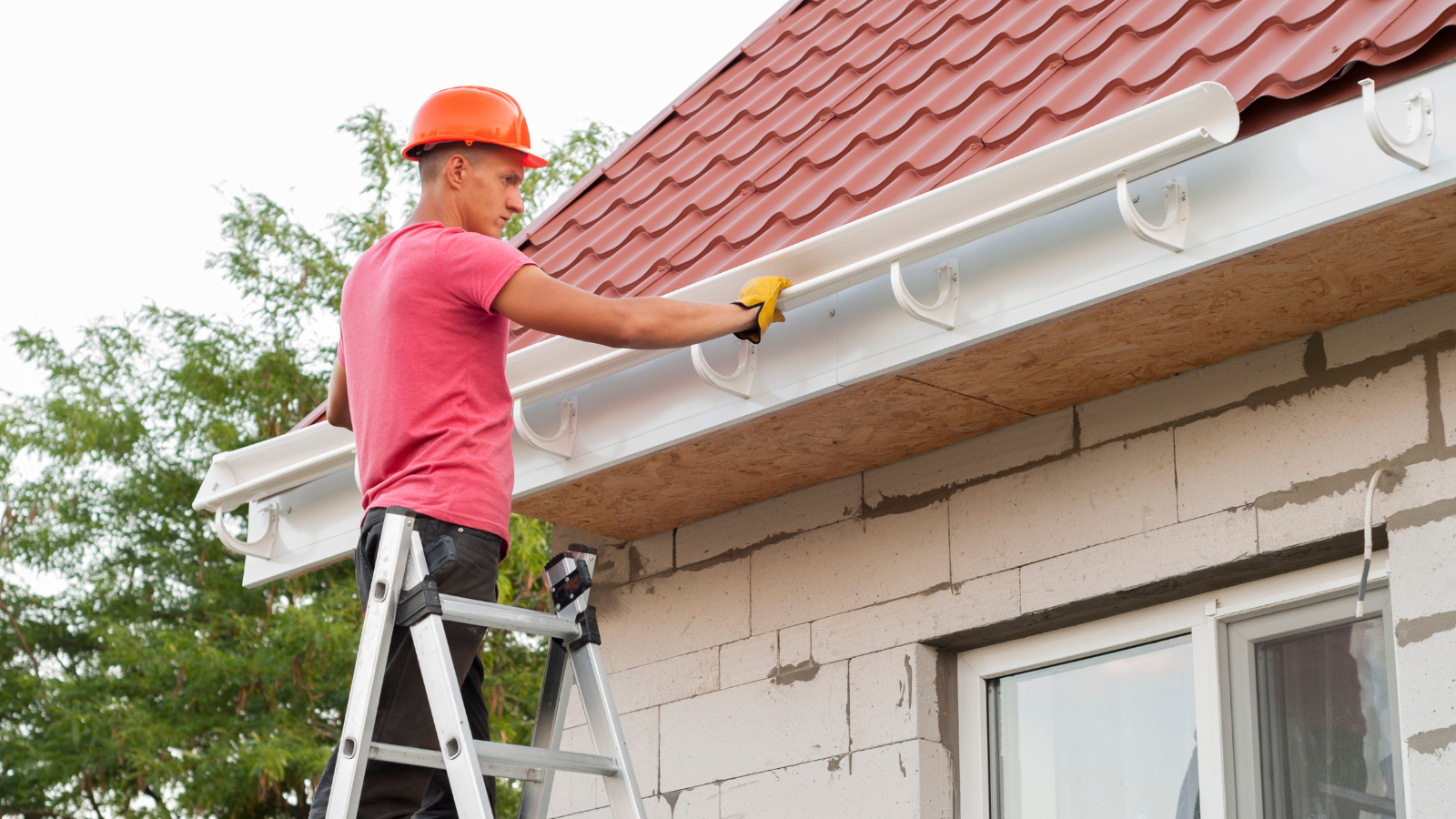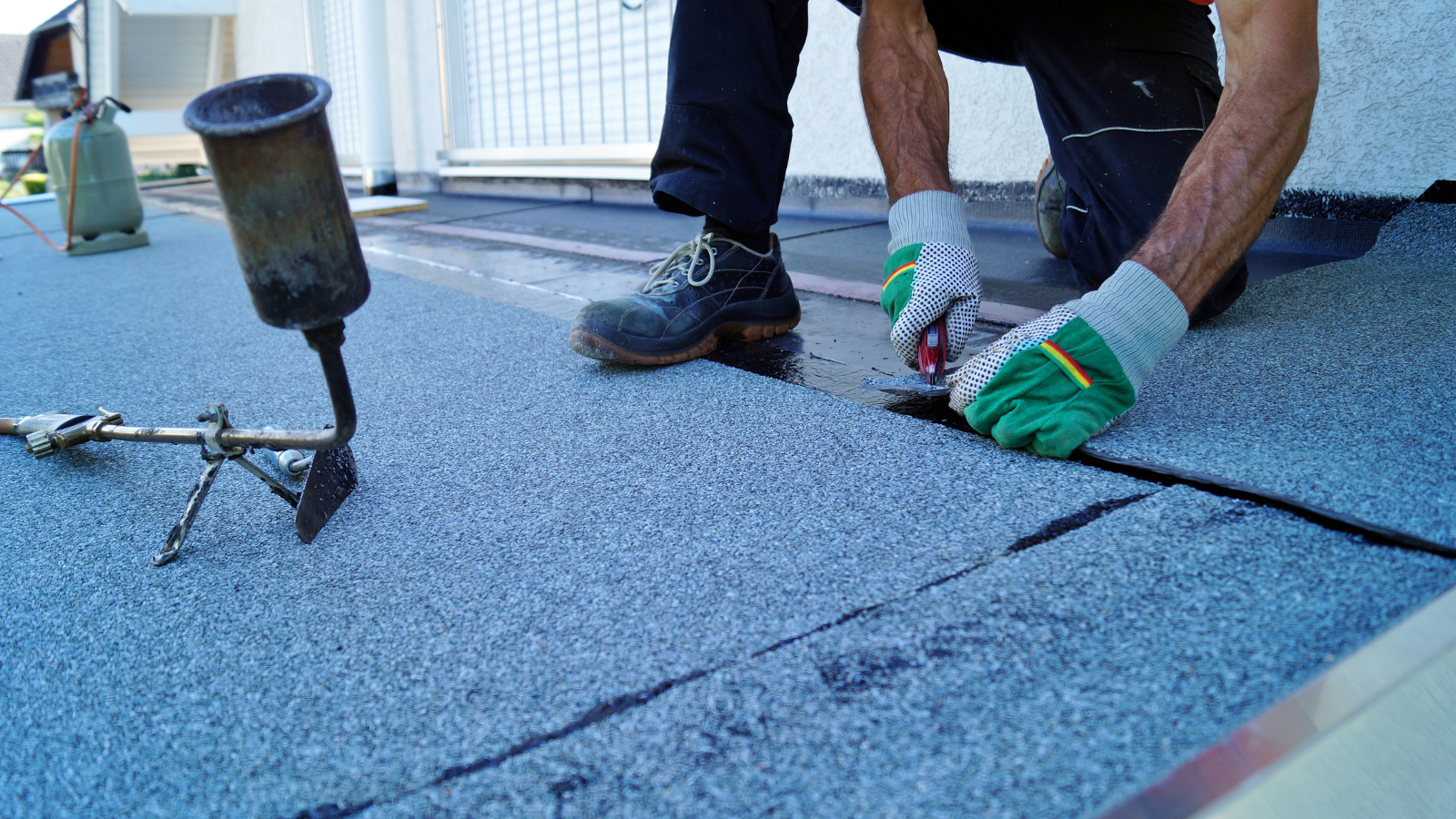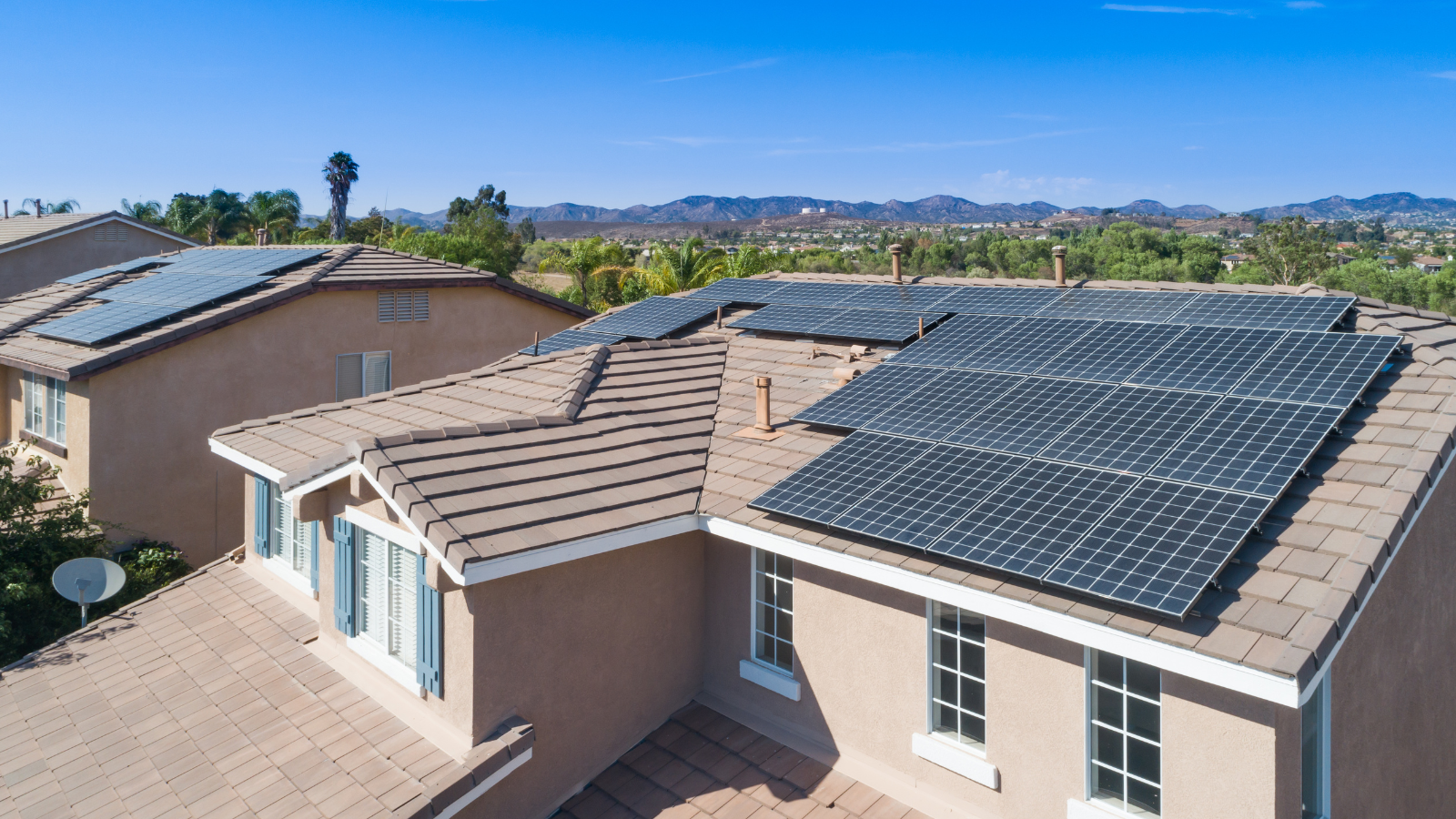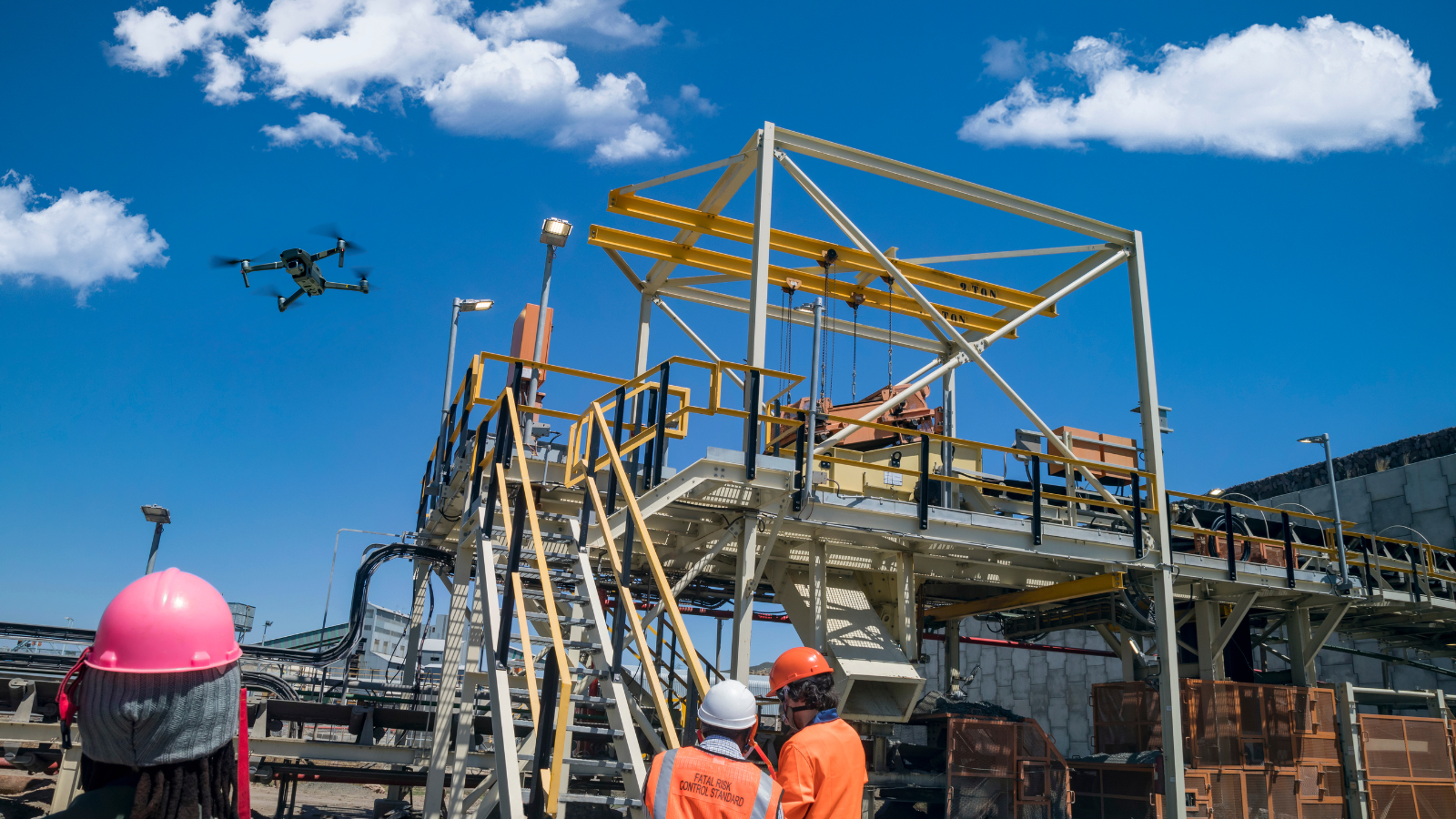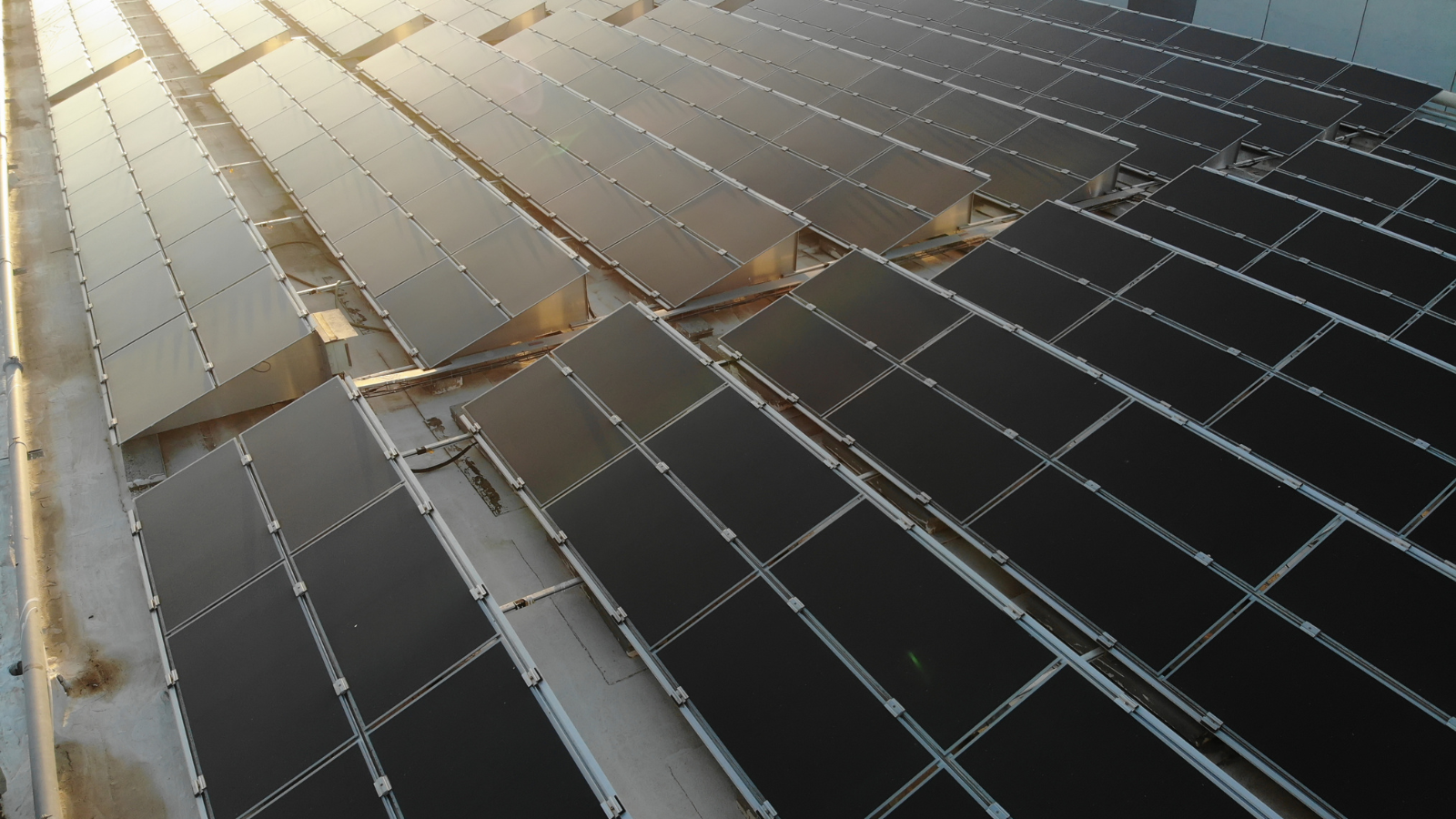Gutter systems are a very important part of any building, but people often don’t notice them until there’s a problem. A good gutter system protects your property from water damage, keeps the building strong, and makes your home or building last longer. In this blog post, we’ll talk about a gutter layout, how to plan a gutter system for the best water flow, how to fit gutters with roof design and landscaping, and the seven key things to consider when designing a gutter system. Let’s find out why having a well-planned gutter system is important for every property owner.
Choosing Wayne NJ Roofing means you’ll get comprehensive support with budgeting, scheduling, and finishing your roofing project. We offer thorough cost estimates and ensure all essential hardware is included in our quotes. Moreover, we provide delivery services via our approved haulers and setup services with our certified contractors and installers.
What is a Gutter Layout?
A gutter layout is a plan for placing gutters around a building to ensure water is collected and drained away properly. This means deciding where the gutters and downspouts should go, how big they should be, and what kind to use. A good gutter layout directs rainwater away from the building’s foundation, stopping water damage and erosion.
Planning the Layout of a Gutter System for Optimal Water Flow
When planning a gutter system, several factors need to be considered to ensure optimal water flow:
1. Roof Size and Pitch: The size and slope of the roof determine the volume and speed of water runoff. Steeper roofs may require larger gutters to handle increased water flow.
2. Gutter Size and Type: The dimensions of the gutters should match the expected water runoff. Common gutter sizes include 5-inch and 6-inch, with materials ranging from aluminum to copper, each with benefits and aesthetic appeal.
3. Downspout Placement: Downspouts should be strategically placed to prevent water pooling. Typically, they are installed at the corners of the building, but large roofs may need additional downspouts to manage the flow effectively.
4. Slope of the Gutters: Properly sloped gutters (about one-fourth inch every ten feet) ensure water flows toward the downspouts without pooling.
5. Leaf and Debris Protection: Installing gutter guards or screens can prevent clogging, ensuring consistent water flow and reducing maintenance needs.
Integrating Gutters with Roof Design and Landscaping
A cohesive integration of gutters with your roof design and landscaping is essential for functionality and aesthetics. Here’s how you can achieve this:
Roof Design: Ensure the gutter system complements the roof’s architectural style. For example, modern homes benefit from sleek, seamless gutters, while traditional homes look better with half-round gutters.
Landscaping: Directing downspouts into landscaped areas or rain gardens can enhance your property’s appearance while promoting natural water absorption. Avoid directing water flow towards walkways or driveways to prevent erosion and surface damage.
7 Key Considerations in Gutter System Design and Layout
1. Climate: Consider local weather patterns. Areas with heavy rainfall require more robust gutter systems compared to arid regions.
2. Material: Select the relevant content depending on durability, maintenance, and budget. Options include vinyl, aluminum, steel, and copper.
3. Aesthetics: The gutter system should blend seamlessly with the building’s exterior. Color and style are important to maintain the overall look.
4. Maintenance: Opt for easily clean and maintained systems. Features like gutter guards can significantly reduce the frequency of maintenance.
5. Water Conservation: If you want sustainable practices, integrate rainwater harvesting systems. This can be an excellent way to conserve water and reduce utility bills.
6. Local Building Codes: Ensure your gutter system complies with local building regulations and codes. This can prevent legal issues and ensure safety standards are met.
7. Professional Installation: Hiring a professional to install your gutter system ensures proper alignment, sealing, and function, reducing the risk of future problems.
Benefits of a Well-Designed Gutter System
Investing in a well-designed gutter system offers numerous benefits:
- Prevents Water Damage: Protects the foundation, walls, and roof from water damage, extending the life of your property.
- Reduces Soil Erosion: Proper drainage prevents soil erosion around the building, which can impact landscaping and structural stability.
- Protects Landscaping: Directs water away from delicate plants and flowerbeds, maintaining the health and beauty of your garden.
- Minimizes Maintenance: Efficient design reduces the need for frequent cleaning and repairs, saving time and money.
- Increases Property Value: A well-maintained exterior, including an effective gutter system, can enhance curb appeal and increase property value.
Conclusion
A well-planned gutter system is a useful and smart way to keep your property looking good and lasting long. By learning about good gutter layout, matching it with your roof and yard, and considering important design details, you can manage water well and protect against damage. Maintaining your gutters today might save you money and trouble later. Invest in a good gutter system and enjoy knowing your property is safe.

